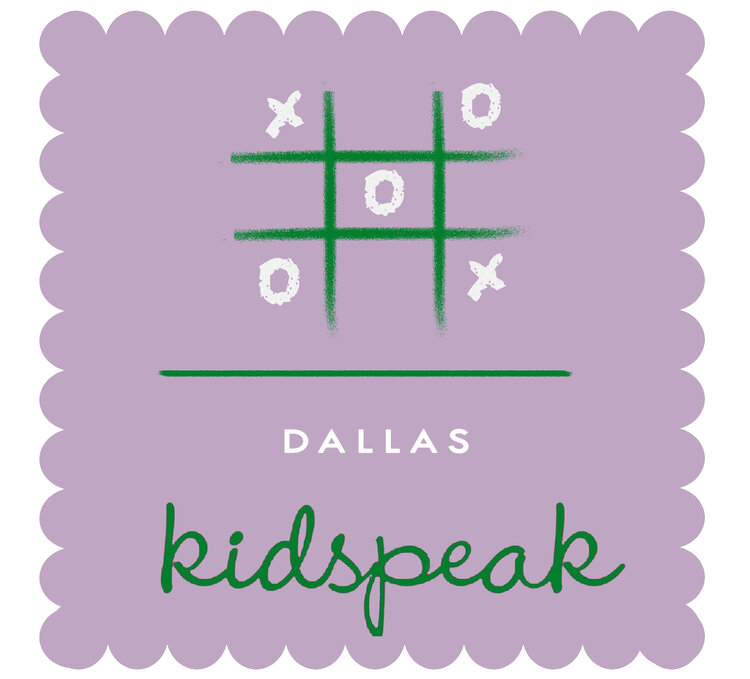Social Communication
This part of the SCERTS®Model focuses on helping each child develop spontaneous, functional communication within both adult and child relationships. It is important to note that all these skills will be easiest for a child to master within the hierarchy of: a familiar adult, an unfamiliar adult, a familiar child and an unfamiliar child. In addition, in order for our children to learn these Social Communication Skills they will need to be at their optimal level of learning. This means that their communication partner is using transactional supports to help them understand the social communication they are learning as well as that they are at an optimal emotional state for learning.
The following is just a little glance at Social Communication through the SCERTS® Model:
Behavior Regulation
1) Requesting/Making Choices/Requesting the Continuation of an activity
2) Terminating Objects/Activities (Done)
3) Protesting (No)
4) Asking for “help”
Participation Within Routines
1) Respond to Bids of Interaction
2) Initiate Bids of Interaction
3) Responds to Familiar Social Routines: Greetings, Anticipate actions/routines, turn taking and more
4) Initiates Familiar Social Routines
Joint Attention
1) Gaze Shift for Social Referencing: This is when a child looks at an object and then at a person for the purpose of “wow did you see that” or “wow look at that”. Children may also gaze shift from: person to person, person to object, person to object to person and object to person to object.
2) Monitor the Attentional Focus of Communication Partner: This is when a child can follow the focus of their partner by their partner’s eye gaze or their point.
3) Responds to Comment made by Communication Partner
4) Initiates Comments
5) Responds/Initiates and Engages within Conversational Turns
6) Asks information seeking questions about objects/time/people such as “What's next?”, “Where is Daddy?”, “What's that?”, etc
7) Initiates questions about others such as “What is your favorite color?”, “What did you do today?”, etc
8 ) Engaging in conversational turns
9) Theory of Mind/Perspective Taking (which leads to Topic Maintenance)
Direct Attention
1) By Pointing
2) By using language “look”, “Watch me”, etc
Negotiate Mutual Attention
1) Secure Other’s Attention by Touching Arm
2) Secure Other’s Attention by Calling Name
3) Respond to Other’s Attempts to Negotiate Mutual Attention
Discuss Clarification
1) Responds by Repeating the Message
2) Responds by Rephrasing the Message
Discussing Past or Future Events
1) Responds to Comment Made by Communication Partner
- Within a Closed Procedure
- Answering a Question
- Within a Declarative Sentence
2) Responds to Comment and Engages within Conversational Turns
3) Initiates Comments
4) Initiates Comments and Engages within Conversational Turns
5) Focusing on others (Theory of Mind/Perspective Taking)
If you would like to discuss Social Communication in more length, how it relates to your child and how we can as a team help your child with this process, please feel free to contact KidSpeak, LLC to set up a time to discuss this at an additional charge.
If you would like to learn more about the SCERTS® Model and Social Communication please visit www.SCERTS.com, www.barryprizant.com, www.commxroads.com, or www.amy-laurent.com.


